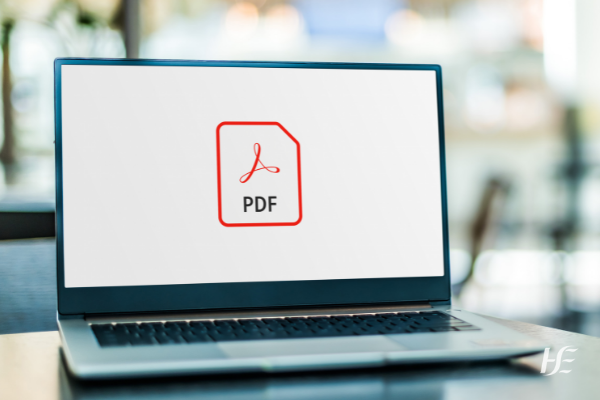Amy O’Neill - Internal Communications Officer

PDFs can seem like an easy way to develop content quickly and make it available online. On the face of it, all you need to do is to get all the information about a topic together in a doc, convert it into a PDF and publish it straight away. But there are issues with publishing information online in this way. This is why content designers advise not to publish content in PDFs (most of the time).
Content designers want to help you to get your message out in the best way for you and your users. They are focused on the user experience and they adhere to content design principles. They do this to make sure there is consistency across their organisation’s websites and the content they publish meets user needs.
Hard to find
Public websites are not designed to be a repository for print documents. Having a large number of links to PDFs that contain important information can create a frustrating user experience.
A better user experience for people with limited time is to have the content published in a webpage with headings, sub-headings and content that is well structured.
Creating content in this way helps people to quickly find the information they need. PDFs do not rank well in search results. This means people may not find the content they’re looking for or get information without any supporting material.
PDFs on mobile phones
PDFs are not user friendly on mobile phones. Mobile phones cannot adapt a PDF to work well within a mobile phone screen. Users who view a PDF on their mobile can spend time trying to zoom in to read text and browse to find the information they need. This takes longer than browsing on web pages and can create a negative user experience. Publishing content in HTML on a webpage is a better user experience for mobile users.
Version control issues
When a PDF is downloaded, the publisher has no control of the contents in the document. This can lead to version control problems. For example, you may have an important IT update that you need people to engage with. If this is published as a PDF, many people may download it and save it to refer to when they need it. If the guidance in the PDF needs to be updated at any stage, the users’ initial version won't change and they may miss further updates.
This is not an ideal way of communicating important content, particularly where you’re asking for an action to be taken. A much more effective way is to publish the guidance as web content that can be updated when it is needed.
When it is OK to use a PDF
There are benefits of using PDFs documents for specific reasons. They are useful if you need to share very large documents that are unlikely to change or need updating. PDFs can contribute to good communications. But there is a time and a place and they should not be overused or relied upon.
PDFs should only be created for policy documents, guidance documents and forms that are meant to be printed. If you’re unsure, think of the users that need to access the information.
When publishing information, identify:
- what the purpose of it is
- how most users will access it
- if it needs to be easily accessible and shared online
Read more about publishing PDFs on the HSE website